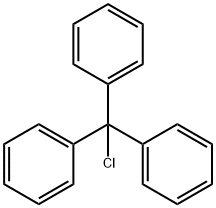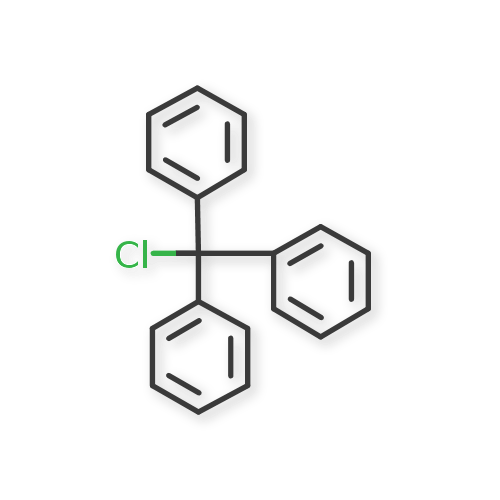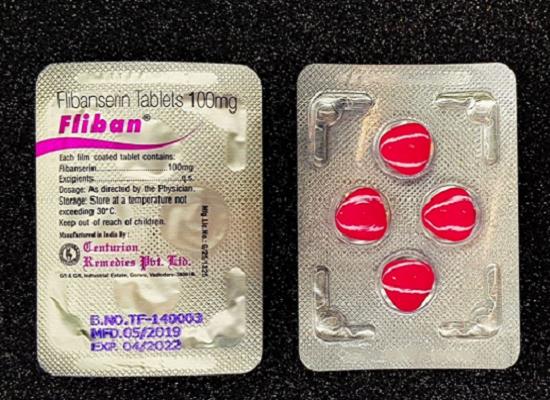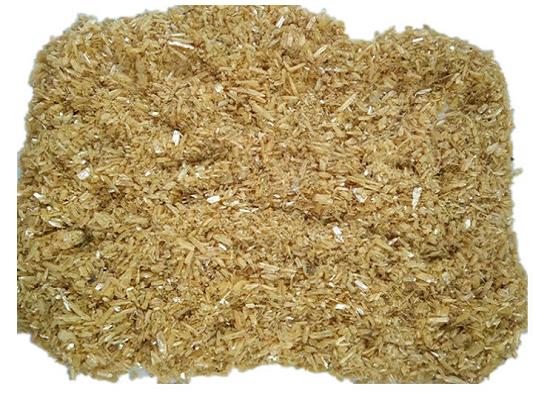Triphenylmethyl chloride: properties and applications in organic synthesis
General Description
Triphenylmethyl chloride, with the chemical formula C19H15Cl, is a colorless to light yellow crystalline solid. It has a melting point range of 93-95°C and a boiling point of approximately 358-360°C. This compound is sparingly soluble in water but readily dissolves in organic solvents like acetone, benzene, chloroform, and ethanol. Triphenylmethyl chloride undergoes nucleophilic substitution reactions, allowing for the replacement of the chloride group with other functional groups. It can be used as a protecting precursor in organic synthesis, for regioselective sulfation of polysaccharides, and in the development of QLED displays. Additionally, it has been utilized in the construction of topology molecules like 1,4-bis(3,3,3-triphenylpropynyl)benzene, which exhibits gyroscope-like properties with rotational dynamics.
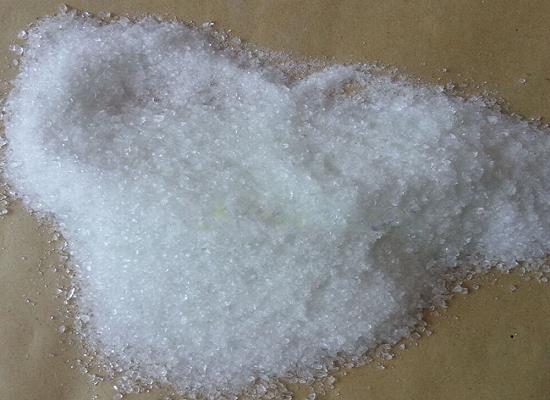
Figure 1. Triphenylmethyl chloride
Properties
Triphenylmethyl chloride is a organic compound with the chemical formula of C19H15Cl. It is slightly soluble in an organic solvent such as carbon disulfide or amyl alcohol. Triphenylmethyl chloride is a colorless to light yellow crystalline solid. It remains in a solid state at room temperature with a melting point range of 93-95°C and exhibits stability at higher temperatures, as indicated by its boiling point of approximately 358-360°C. Chemically, triphenylmethyl chloride is sparingly soluble in water but readily dissolves in organic solvents like acetone, benzene, chloroform, and ethanol. It undergoes typical reactions of an alkyl chloride, particularly nucleophilic substitution reactions, where the chloride group can be replaced by other functional groups to form new compounds. However, it should be handled cautiously as it may react with strong bases, oxidizing agents, or reducing agents, potentially leading to decomposition or other chemical reactions. 1
Applications in organic synthesis
Protecting precursor
Using triphenylmethyl chloride as a protecting precursor, a study successfully performed regioselective sulfation of Artemisia sphaerocephala polysaccharides. Analysis using FT-IR spectra and X-ray photoelectron spectroscopy (XPS) confirmed the presence of SO(3-) groups (S(6+)) with a high binding energy of 168.7eV in the sulfated polysaccharides. While C-2 and C-3 substitution were observed, complete sulfation did not occur, and there were no signals indicating C-6 substitution at around 65ppm. The degree of substitution ranged from 0.44 to 0.63, which was attributed to the low reactivity of secondary hydroxyl groups. Additionally, monosaccharide composition analysis showed a decrease in the mannose/glucose ratio, indicating a change in the chemical composition of the sulfated polysaccharides. Size-exclusion chromatography revealed a decrease in molecular weight and broadening of the molecular weight distribution, likely due to polysaccharide hydrolysis during the sulfation reaction. To summarize, by employing triphenylmethyl chloride as a protecting precursor, researchers achieved the regioselective sulfation of Artemisia sphaerocephala polysaccharides, resulting in the incorporation of SO(3-) groups. 2
Development of QLED displays
Triphenylmethyl chloride has been successfully applied in the development of next-generation quantum dot light-emitting diode (QLED) displays. The study introduces a novel approach called light-triggered, carbocation-enabled ligand stripping (CELS) for robust patterning of quantum dot layers. By utilizing photogenerated carbocations derived from triphenylmethyl chlorides, the CELS method effectively removes the native ligands of quantum dots, allowing for precise microscale pattern formation. Additionally, chloride anions are utilized to passivate surface defects and maintain the photoluminescent quantum yields of the patterned quantum dots. This approach can be applied to both cadmium-based and heavy-metal-free quantum dots. 3
Construction of topologies molecules
Triphenylmethyl chloride was utilized in the synthesis of 1,4-bis(3,3,3-triphenylpropynyl)benzene, which exhibits a molecular structure analogous to that of a macroscopic gyroscope. A straightforward two-step procedure involving the reaction of triphenylmethyl chloride with 1,4-diiodobenzene yielded 1,4-bis(3,3,3-triphenylpropynyl)benzene. In this molecule, the central phenylene component functions as the gyroscope wheel, while the two tritylpropynyl groups serve as the axle and shielding framework. The resulting crystals were subjected to various analyses, including single crystal X-ray diffraction, variable-temperature solid state NMR, differential scanning calorimetry (DSC), and thermogravimetric analysis (TGA), to characterize their structure and thermal stability. The rotational dynamics of the phenylene group within both the benzene clathrate and desolvated samples were investigated, revealing a two-fold flipping process. The solid-state rotational barriers were estimated to be approximately 12.8 kcal/mol for the benzene clathrate and 14.6 kcal/mol for the desolvated samples. These findings contribute to our understanding of the behavior and properties of materials constructed with molecules possessing compass and gyroscope topologies, such as 1,4-bis(3,3,3-triphenylpropynyl)benzene derived from triphenylmethyl chloride. 4
Reference
1. PubChem. COMPOUND SUMMARY: Triphenylmethyl chloride. National Library of Medicine, 2005, CID:6456.
2. Wang J, Yang W, Wang J, Wang X, Wu F, Yao J, Zhang J, Lei Z. Regioselective sulfation of Artemisia sphaerocephala polysaccharide: Characterization of chemical structure. Carbohydr Polym, 2015, 133:320-327.
3. Fu Z, Zhou L, Yin Y, Weng K, Li F, Lu S, Liu D, Liu W, Wu L, Yang Y, Li H, Duan L, Xiao H, Zhang H, Li J. Direct Photo-Patterning of Efficient and Stable Quantum Dot Light-Emitting Diodes via Light-Triggered, Carbocation-Enabled Ligand Stripping. Nano Lett, 2023, 23(5):2000-2008.
4. Dominguez Z, Dang H, Strouse MJ, Garcia-Garibay MA. Molecular "compasses" and "gyroscopes". I. Expedient synthesis and solid state dynamics of an open rotor with a bis(triarylmethyl) frame. J Am Chem Soc, 2002, 124(11):2398-2399.
Related articles And Qustion
Lastest Price from Triphenylmethyl Chloride manufacturers

US $0.00-0.00/Kg/Drum2025-04-21
- CAS:
- 76-83-5
- Min. Order:
- 1KG
- Purity:
- 99%min
- Supply Ability:
- 10 tons
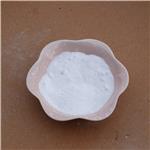
US $10.00/KG2025-04-21
- CAS:
- 76-83-5
- Min. Order:
- 1KG
- Purity:
- 99%
- Supply Ability:
- 10 mt
